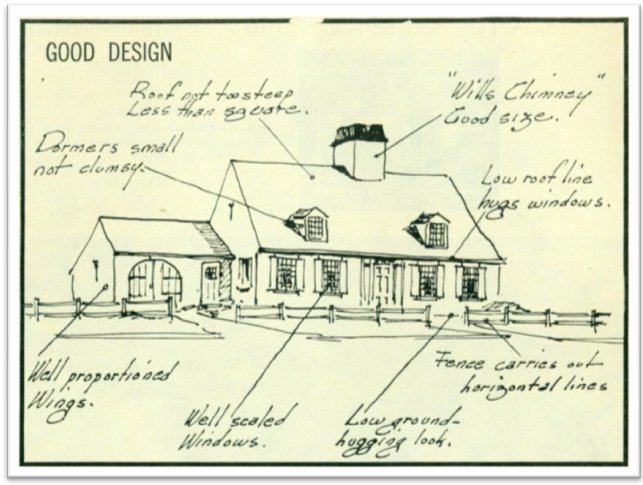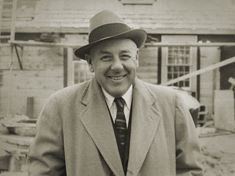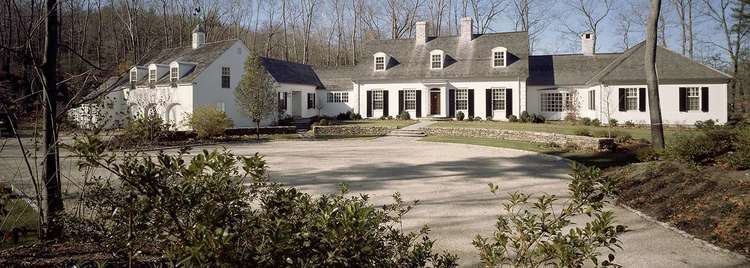Name Royal Wills Role Architect | Books Houses Have Funny Bones | |
 | ||
Education Massachusetts Institute of Technology | ||
ROYAL BARRY WILLS DESIGN
Royal Barry Wills (August 21, 1895 – January 10, 1962) was an American architect and author. He was a master of the Cape Cod type house, particularly its 1930s–1950s Colonial Revival incarnation. Houses built to his designs continue to fetch a premium.
Contents

A royal barry wills cape for sale in auburn me
Life and work
Wills was born in Melrose, Massachusetts, and in 1918 graduated from M.I.T as an architectural engineer. From 1919 until 1925, he worked as a design engineer for the Turner Construction Company of Boston, while engaging in his own architectural practice on the side. To advance his business, he regularly published sketch plans and elevations in the Boston Transcript. He also answered questions from readers about architecture. Commissions followed; he became a registered architect in 1925, opening his own Boston office on lower Beacon Street the same year. With success, his firm moved to Beacon Hill. In 1954, he was elected a fellow of the American Institute of Architects.

The Cape house is ubiquitous in New England and elsewhere, due in part to its simplicity, which sometimes simply means inexpensive, but also allows for versions that achieve a pure elegance due to their restraint and proportions. Will's artistry brought refinement to every level of planning, engineering and detail of the Cape model. They were low to the ground, with eaves just above the windows, and surmounted by an outsized central chimney (a Wills hallmark). The roof pitch ranged from 8 to 10 inches (200 to 250 mm), vertically, in a 12-inch (300 mm) run. The sash was made up from 24 to 36 individual lights, and clapboards graduated from a 2 3⁄4-inch exposure at the foundation, to a typical 4 1⁄4-inch exposure from the top of the window sill to the eave. But most of all, Wills emphasized what he termed "scale"—the relationship of parts to one another that gives a design perfection and charm. And unlike many architects, he offered "partial services", adding to contractor designs without credit.

In 1938, Life Magazine selected four modern architects and four traditional architects, asking them to prepare home designs for families in four income categories. In the category for people with $5,000 to $6,000 incomes, the modern design was by Frank Lloyd Wright and the traditional one by Royal Barry Wills. The family chose the Wills house over the Wright design, and the home was built in Edina, Minnesota. With the motto "no stock plans", Wills designed buildings not only in New England, but from Canada to Florida, including Capes, garrisons, saltboxes, churches, and, in 1941, a 300-unit housing complex for defense workers.
Author of eight books on architecture offering designs and advice, he died in Boston. In 1957, his firm became Royal Barry Wills Associates, and remains active today.
"He wanted only to design the indigenous New England house supremely well, and succeeded beyond any other architect."